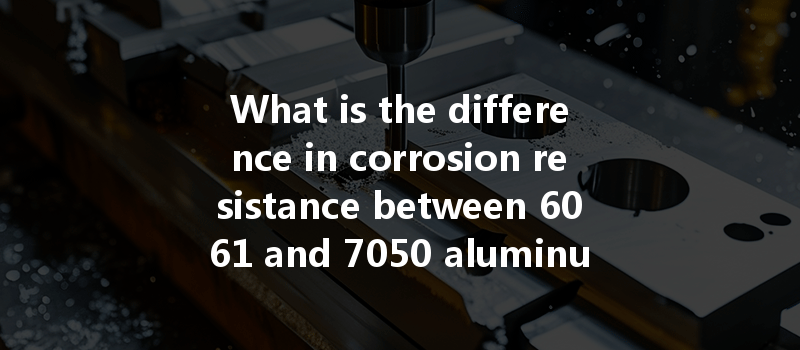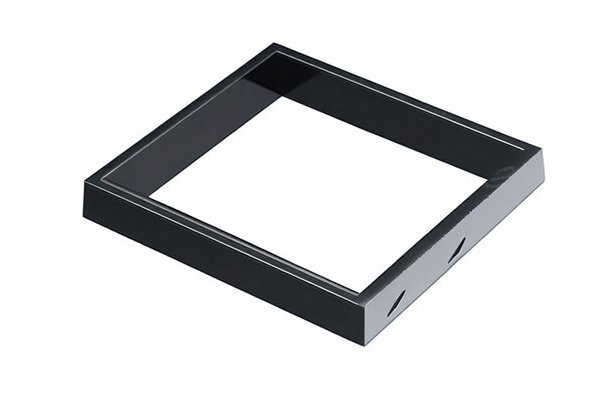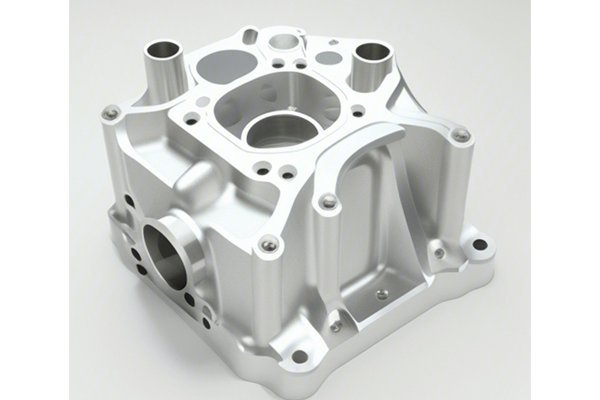*
In the world of precision machining, aluminum alloys are frequently favored for their lightweight, strength, and corrosion resistance. Among the most widely used aluminum alloys are 6061 and
Section 1: Overview of Aluminum Alloys 6061 and 7050
1.1 Composition and Properties
6061 Aluminum Alloy
6061 aluminum alloy is widely known for its excellent mechanical properties and good corrosion resistance. It is primarily composed of magnesium (1.0% to 1.5%) and silicon (0.4% to 0.8%), along with smaller amounts of copper, manganese, chromium, zinc, and titanium. This balance of alloys gives 6061 its ideal characteristics for a variety of applications, including structural components and automotive parts.
Some key properties of 6061 include:
These properties make 6061 an excellent choice for applications requiring moderate strength and excellent corrosion resistance.
7050 Aluminum Alloy
7050 aluminum alloy belongs to the family of high-strength aerospace aluminum. It is primarily alloyed with zinc (6.0% to 8.0%) and has a smaller amount of magnesium (2.0% to 2.5%), along with various other trace metals to enhance its overall performance. While it is more expensive than 6061, its superior strength characteristics are invaluable in specific high-performance applications.
Key properties of 7050 include:
Due to its high strength-to-weight ratio, 7050 is predominantly used in aerospace structural applications, military vehicle components, and other demanding situations.
1.2 General Corrosion Resistance
Both 6061 and 7050 alloys possess good resistance to corrosion, but their performance can vary significantly based on specific environments and conditions. In general, aluminum forms a protective oxide layer when exposed to air, providing a barrier against the corrosive elements. However, this protective mechanism can suffer in harsher environments or under specific conditions, such as the presence of chlorides, high humidity, or extreme temperature variations.
Section 2: Comparison of Corrosion Resistance
2.1 Corrosion Resistance Mechanism

The key mechanism behind corrosion resistance in aluminum alloys is the formation of the aluminum oxide layer. This naturally occurring layer acts as a protective barrier, minimizing the damage from oxidation and preventing the underlying metal from exposure to corrosive environments.
2.2 Stress Corrosion Cracking (SCC)
One of the particular challenges with aluminum alloys is their susceptibility to stress corrosion cracking (SCC), a phenomenon that occurs when a material is subjected to tensile stress in a corrosive environment.
Section 3: Factors Influencing Corrosion Resistance in CNC Machining
3.1 Surface Finish
When machining aluminum, the surface finish plays a critical role in determining corrosion resistance. A better surface finish can enhance the oxide layer’s ability to protect against corrosion.
3.2 Environmental Conditions
Understanding the end-use environment is vital when selecting between 6061 and 7050 for CNC turning projects. Factors such as humidity, exposure to salt or chemicals, and temperature fluctuations can dramatically affect corrosion resistance.
3.3 Protective Coatings
The application of protective coatings is essential for enhancing corrosion resistance. Whether through anodizing or using special paints, coatings apply not only to improve aesthetics but also to prevent corrosion.
Section 4:
Ultimately, the choice between 6061 and 7050 aluminum alloys for CNC turning projects goes beyond mere strength and weight considerations; the key differentiator often lies in their corrosion resistance properties.
YL Machining encourages customers to consider both technical specifications and application environments when making a decision regarding aluminum alloys for their CNC machining projects. Always consult with engineering teams for dynamic assessments based on specific project needs, environmental factors, and long-term performance expectations.
By understanding these nuances, you can make informed material choices that will not only meet the project specifications but also enhance the longevity and performance of the end product.
In summary, while both alloys have their strengths, knowing the environmental impacts and corrosion resistance capabilities ensures that you will choose the right alloy for your CNC machining applications.






